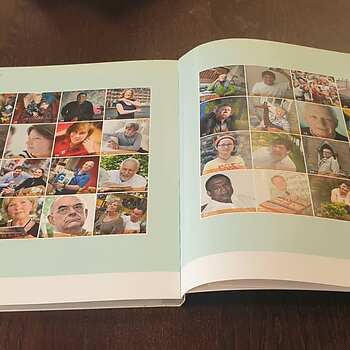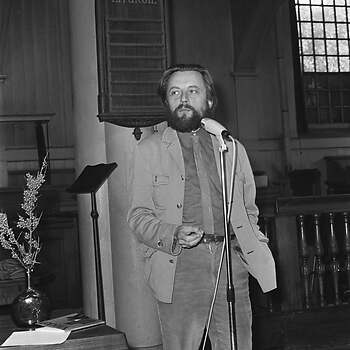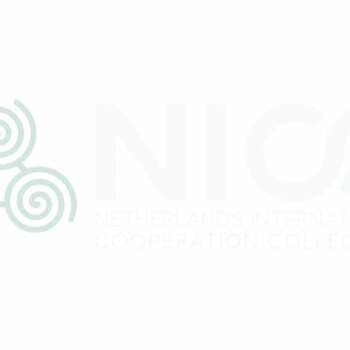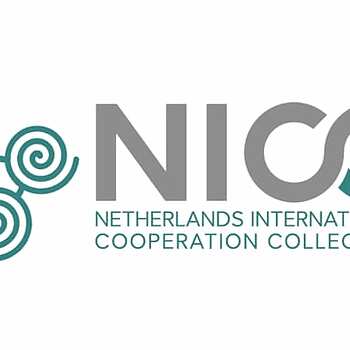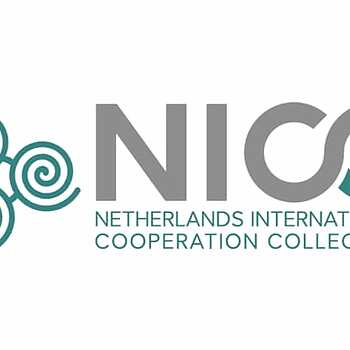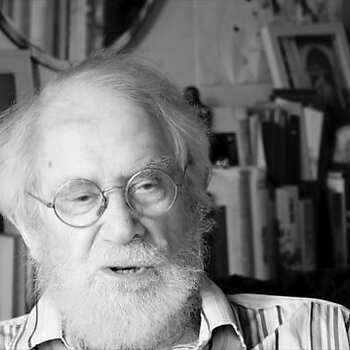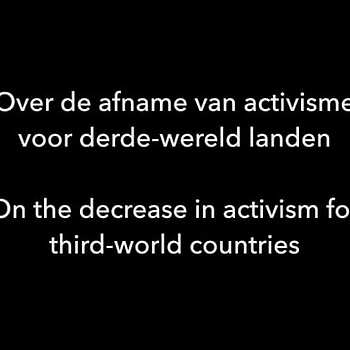The first Wereldwinkels were selling a selection of products from developing countries. The products were imported by the S.O.S. Foundation, Stichting Steun Ontwikkelings Streken, an organisation that would later transform into Fair Trade Original. More information about the S.O.S. Foundation can be found on the Fair Trade Timeline. The Dutch Fair Trade Shops were more than regular shops selling products, they also were action centres that could spread information and organise events. So, they also sold documents, posters and consumer guides and it was a place that initiated boycotts, local manifestations, nationwide actions and petitions.
The Dutch Fair Trade Shop became very popular: when the Wereldwinkel Foundation started in 1970, already ten nationwide groups were part of it. Only two years later, it had grown into 120 groups. The initiative got a lot of media attention and the concept also crossed the borders of Germany and Belgium.
The cooperation between activists from the cane-sugar action and the S.O.S. Foundation brought two conflicting visions closer together. The Fair-Trade Shops were seen by activist students as action and information centres for local activists to use as meeting place and storage. Their goal was mainly to change public opinion regarding the international trade system. For them the goal was not only to help the producers in the Third World Countries, but they were looking for change worldwide, to change international trading. For this reason, they changed the name to ‘Wereldwinkel’, ‘World Shop’. Meanwhile, the S.O.S. prioritised reaching a high revenue for the benefit of the producers. They were more focused on selling the products for a fair price. Despite these different goals, the activists and the S.O.S. realised that working together would benefit them both. In the Wereldwinkels products were available that regular shops weren’t selling, as well as a range of goods from the S.O.S. Foundation. But there was also space for the opposite of consumption: boycotting. The activists in the shops would advise people on which products/brands to avoid. Local initiatives gained support from the S.O.S. Foundation, that had a developed network, and the S.O.S. Foundation profited by gaining a foothold nationwide.
Despite, or perhaps because of, the rapid expansion and popularity of the World Shops, the relationship between the S.O.S. Foundation and activists started to worsen. For example, when the S.O.S Foundation found out that the Wereldwinkels wanted to sell products from Third World Countries that were not imported by the S.O.S. Foundation, it felt betrayed by its partner.
Another turning point in the history of the Wereldwinkels was the creation of the Max Havelaar label in 1988, which enabled regular supermarkets to sell products with a Fair- Trade label. This caused division within the activists ranks. Where some saw this development as an improvement and recognition for their hard work, others were sceptical. They feared that activists and consumers would lose contact because consumers no longer needed to visit a Wereldwinkel to buy Fair Trade products. Also, the Wereldwinkels lost revenues. On the other hand, the availability of Fair-Trade products in regular supermarkets made it possible for more people to get to know and buy Fair Trade products.
In a way, the sceptical activists turned out to be right. The Wereldwinkels gradually lost their activistic character and became more focused on the selling of products. Gradually less people found their way to the Wereldwinkels, especially few new and few young people joined the Wereldwinkel movement. In the 1990s the Wereldwinkels got a bit of an old-fashioned image. However, the Wereldwinkels were and are still working with volunteers, who started again campaigns to improve their image in the 2000s, as they celebrated their 40th anniversary. In 2020 there were about 250 Wereldwinkels in business in the Netherlands.
Sources
NICC Archive:
A04260: Daniëlle de Jong, De Mensen van de Wereldwinkel (Nijkerk 2009).
Peter van Dam, Wereldverbeteraars. Een geschiedenis van Fair Trade (Amsterdam 2018).
Picture credit: Donald Trung Quoc Don (Chữ Hán: 徵國單) - Wikimedia Commons
